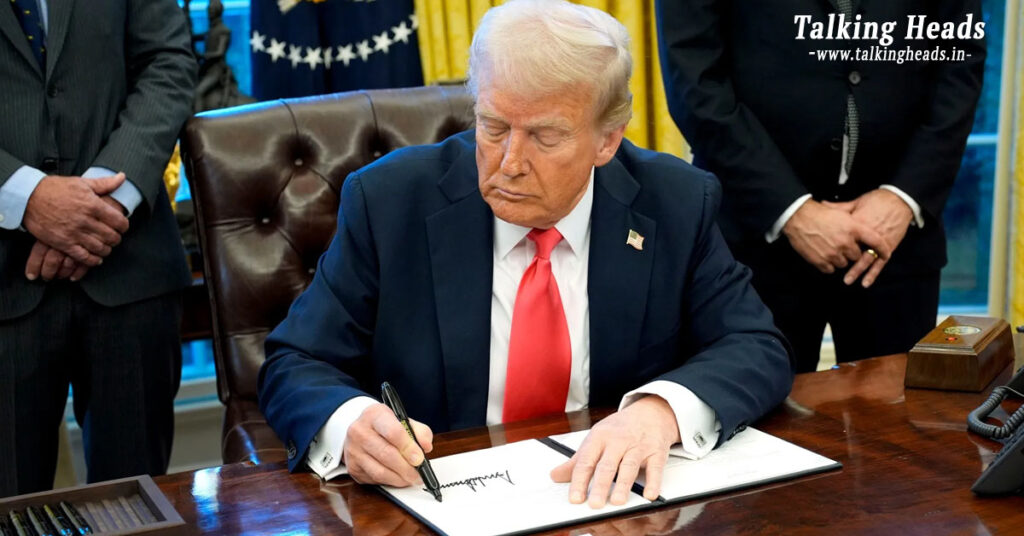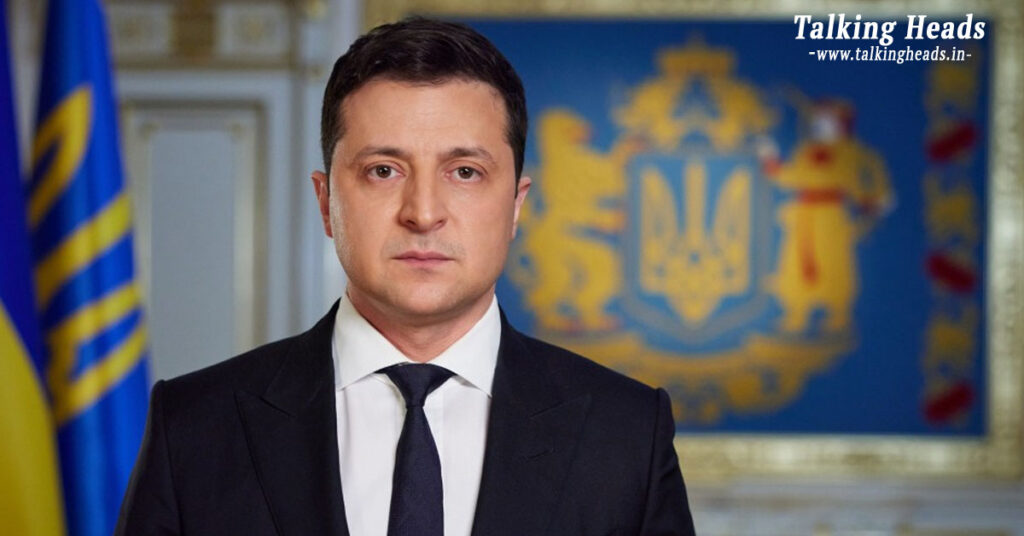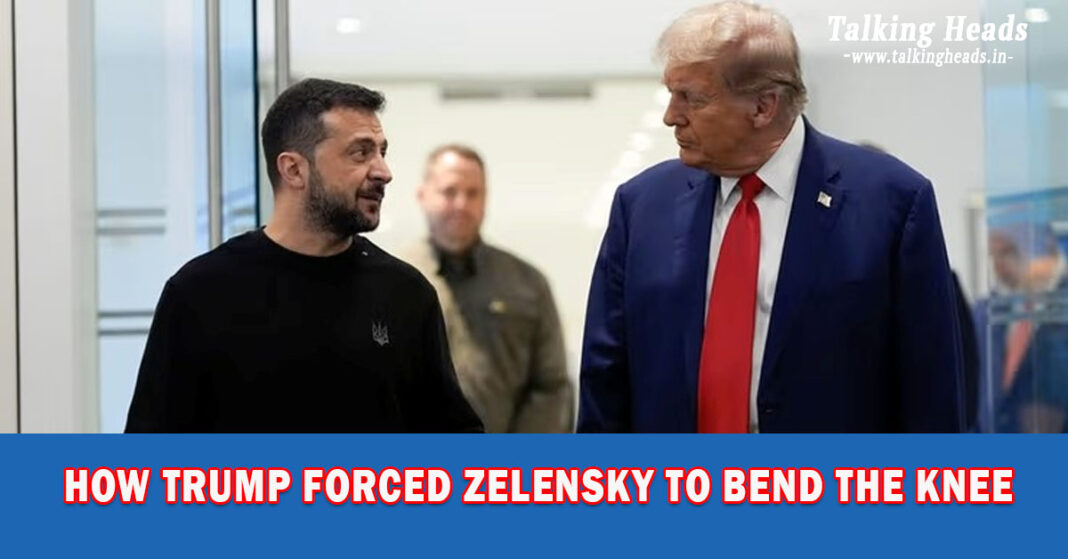In a surprising turn of events, President Volodymyr Zelensky has agreed to strike a deal involving Ukraine’s rare minerals, and he could potentially sign the agreement at the White House this Friday. This follows intense pressure from President Donald Trump, who has been pushing for this deal over the past month. Initially, Zelensky had refused, stating he would not sell his country. However, with an estimated $11 trillion worth of rare minerals in Ukraine—three times the size of India’s economy—Trump’s persistence seems to have paid off.
In this article, we’ll explore the rare minerals in Ukraine, how these resources could bring billions to the United States, how Trump managed to bend Zelensky to his will, and what impact this deal may have on the ongoing war in Ukraine.
Table of Contents
What Are the Rare Minerals Found in Ukraine That Zelensky Is Now Willing to Trade?
Ukraine is home to over 100 different rare minerals, with 20 of them being crucial to the economic growth and security of the U.S., as identified by the U.S. Geological Survey. Some of the key minerals include:
- Titanium: Known for its high heat resistance, titanium is essential in industries ranging from aviation to power plants. Before the onset of the Russia-Ukraine war, Ukraine accounted for 7% of global titanium production.
- Lithium: Vital for battery production, Ukraine holds 33% of Europe’s lithium reserves.
- Uranium: A radioactive metal used in nuclear weapons, uranium makes up about 2% of the world’s total supply in Ukraine.
- Rare Earth Minerals: A group of 17 minerals vital for everything from consumer electronics to military equipment. These include cerium, dysprosium, europium, and others that play a key role in modern technology.
Additionally, Ukraine has significant graphite reserves, which are used in electric vehicle production.
How Will the U.S. Make Billions from These Rare Minerals?
Trump proposed that the U.S. acquire control over 50% of Ukraine’s rare minerals, including graphite, uranium, titanium, and lithium. These minerals are used in a wide range of products, from Tesla electric cars to SpaceX rockets and military-grade equipment.

Jessica Genoyer, a senior lecturer in International Relations at Flinders University, told ABC News that Trump’s focus on Ukraine’s rare minerals stems from his desire to strengthen U.S. security and industrial power. By securing these resources, Trump aims to counterbalance China’s dominance in the global mineral supply.
Where Are These Rare Minerals Located in Ukraine, and Will Russia Interfere?
Ukraine’s rare earth mineral deposits are concentrated in several key regions. However, many of these areas are currently under Russian control, including the Luhansk, Donetsk, Zaporizhzhia, and Kherson regions. These territories contain 53% of Ukraine’s mineral wealth, valued at approximately 6 trillion pounds, or nearly $660 trillion.

Since September 2022, Russian President Vladimir Putin has been in control of these regions. On February 25, Putin expressed a desire to work with the U.S. on rare minerals deals. He suggested that Russian companies might extract natural resources from territories that Russia has annexed from Ukraine.
In response, Trump stated that he would be willing to purchase rare minerals from Russia, highlighting that Russia has a significant stockpile of these critical resources, as well as vast oil and gas reserves. This poses a strategic challenge for the U.S., which is currently reliant on China for many of these materials.
How Did Trump Force Zelensky Into This Deal?
For three years, the U.S. supported Ukraine in its war with Russia, but under Trump’s leadership, this changed. When Trump became president, he pulled back American assistance and froze any further aid. Trump even demanded that Ukraine pay back the money the U.S. had provided, totalling $500 billion in rare minerals.

Trump argued that without U.S. support, Ukraine would remain vulnerable, and Russia could soon take control of the country. This pressure ultimately led Zelensky to agree to the deal, recognizing that Ukraine’s long-term security could depend on securing American backing through this trade.
What Are the Key Terms of the Rare Minerals Deal Between the U.S. and Ukraine?
While the specific terms of the deal have not been officially disclosed, various media reports have provided some insights. It appears that the U.S. will not offer any explicit security guarantees or military supplies to Ukraine in exchange for the minerals. However, the deal does include provisions stating that the U.S. will work to ensure that Ukraine remains independent, sovereign, and secure.
Furthermore, the deal would not grant the U.S. exclusive rights to the profits from Ukraine’s rare minerals. Instead, the U.S. and Ukraine will jointly establish a reconstruction fund, with the U.S. assisting Ukraine in its post-war redevelopment. Trump pointed out that the U.S. had already provided Ukraine with $350 billion in aid and military equipment during the war.
Will This Deal End the War?
The rare minerals deal between the U.S. and Ukraine represents a major shift in Ukraine’s war strategy. By securing vital resources, Zelensky gains the economic leverage he needs to rebuild the country and potentially strengthen its defence against Russian aggression. Meanwhile, Trump stands to gain control over a significant portion of the global supply of crucial minerals, enhancing U.S. economic and military power. Whether this deal will bring an end to the war remains uncertain, but it’s clear that it could shift the balance of power in Eastern Europe for years to come.










